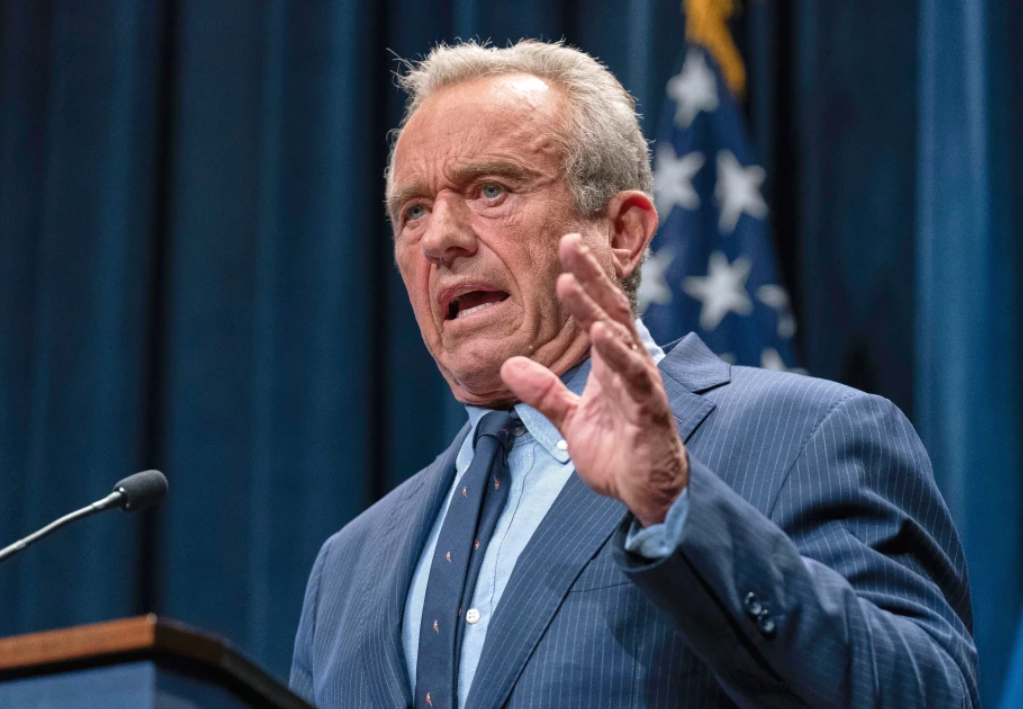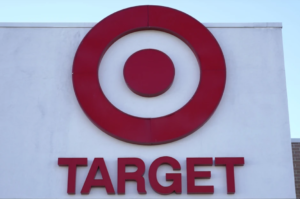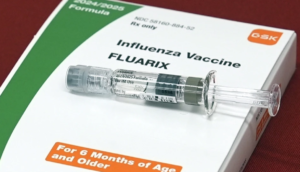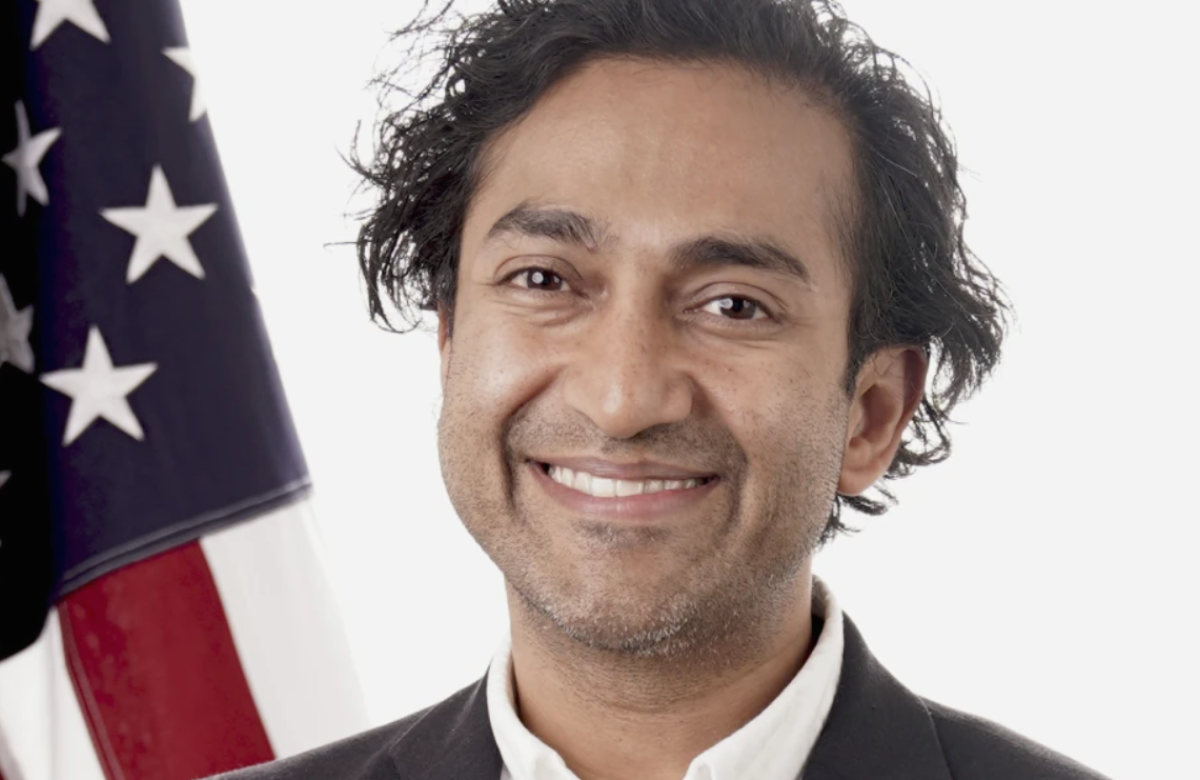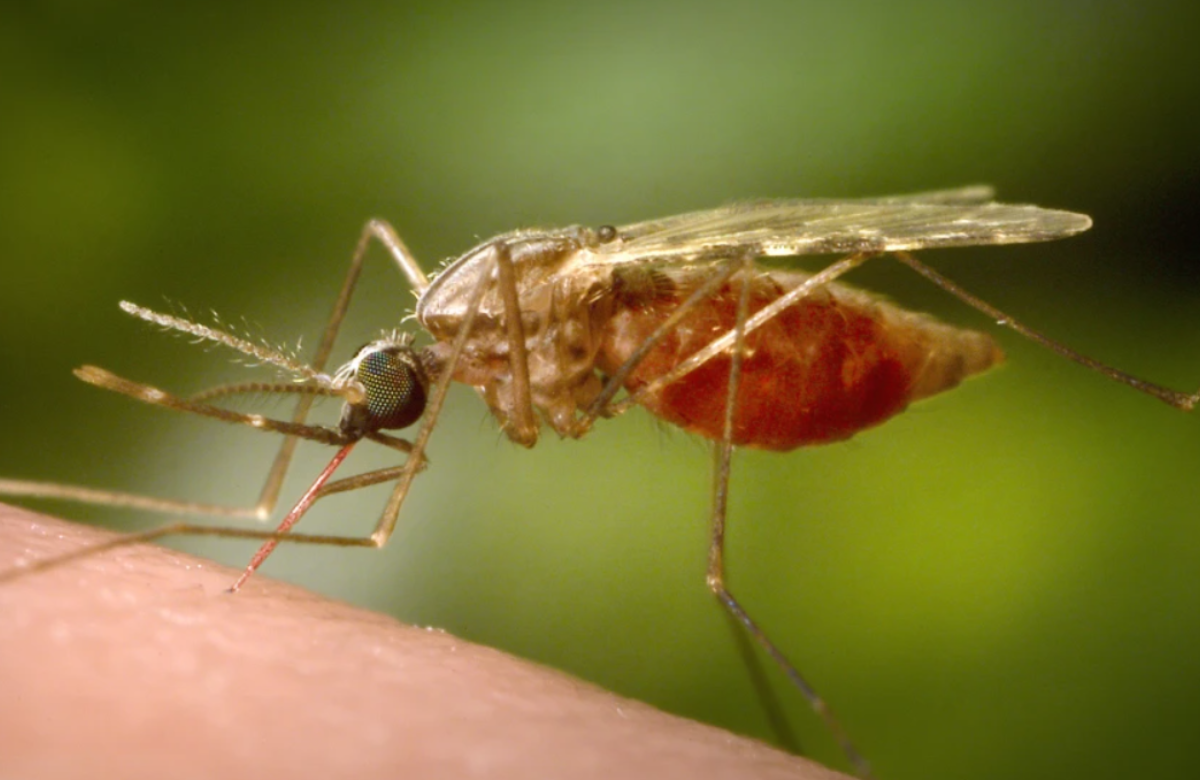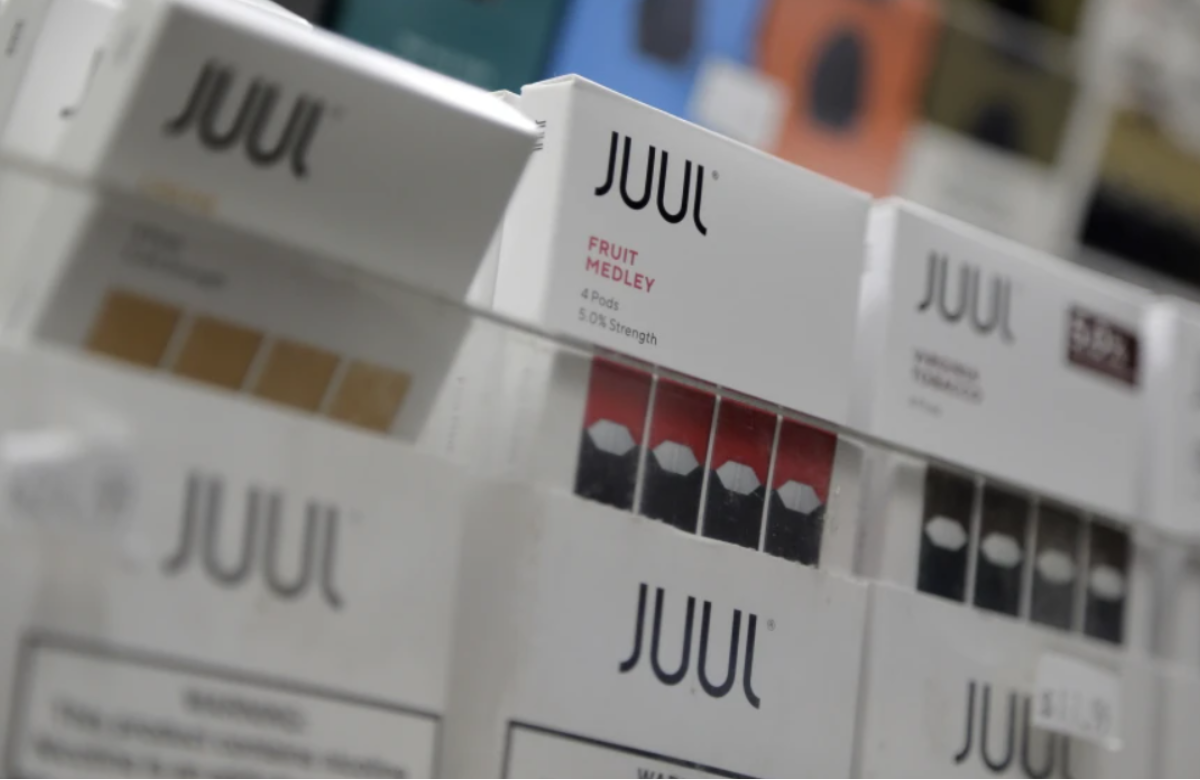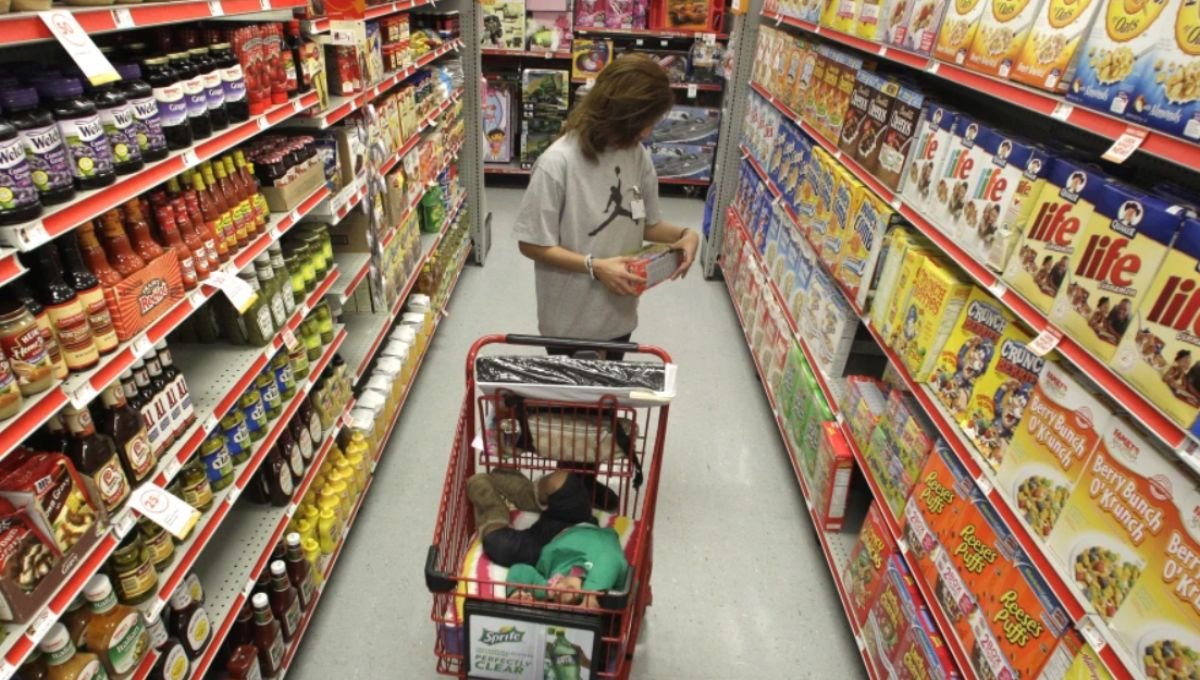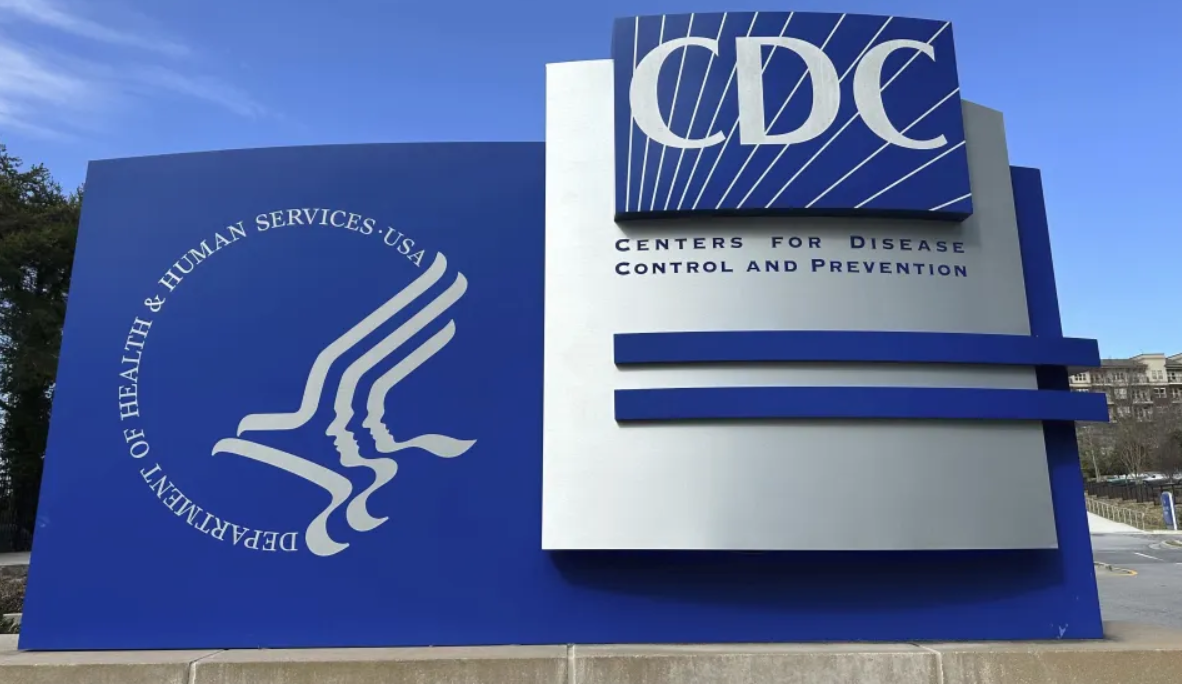U.S. health officials have announced plans to phase out eight petroleum-based artificial food dyes from the nation’s food supply, leading to a major overhaul of many brightly colored products found on American store shelves. The details of this plan are expected to be revealed on Tuesday afternoon by Health Secretary Robert F. Kennedy Jr. and FDA Commissioner Marty Makary, who have been advocating for this change as part of Kennedy’s “Make America Healthy Again” initiative.
The officials are set to outline a regulatory process for removing these color additives, which will likely involve public notices and agency reviews. This change would require U.S. food producers to replace the synthetic dyes with natural alternatives.
Health advocates have long pushed for the removal of artificial dyes from foods, citing studies that suggest these chemicals may contribute to neurobehavioral problems like hyperactivity and attention issues in some children. However, the FDA has maintained that the dyes currently in use are safe, asserting that the overall scientific evidence shows that most children experience no adverse effects when consuming food containing these additives.
Currently, the FDA permits 36 food color additives, including eight synthetic dyes. In January, the agency announced that Red 3, a dye used in candies, cakes, and some medications, would be banned by 2028 due to its cancer-causing effects in laboratory rats.
These artificial dyes are commonly used in U.S. food products, but in places like Canada and Europe, where food labels must carry warnings about artificial colors, manufacturers often use natural substitutes instead. In addition, some U.S. states, including California and West Virginia, have recently passed laws banning artificial colors and other additives from school meals, and in some cases, from the broader food supply.
